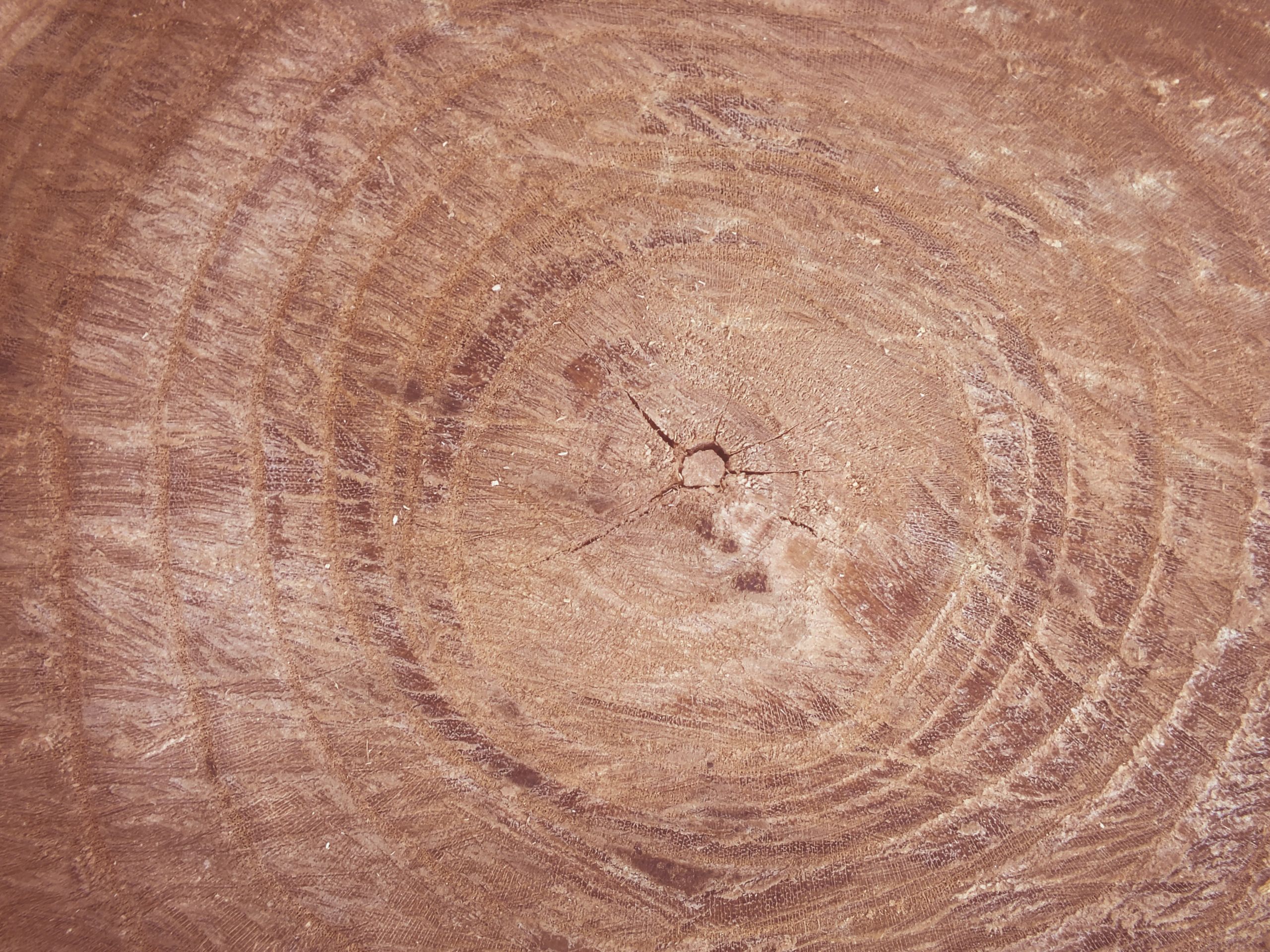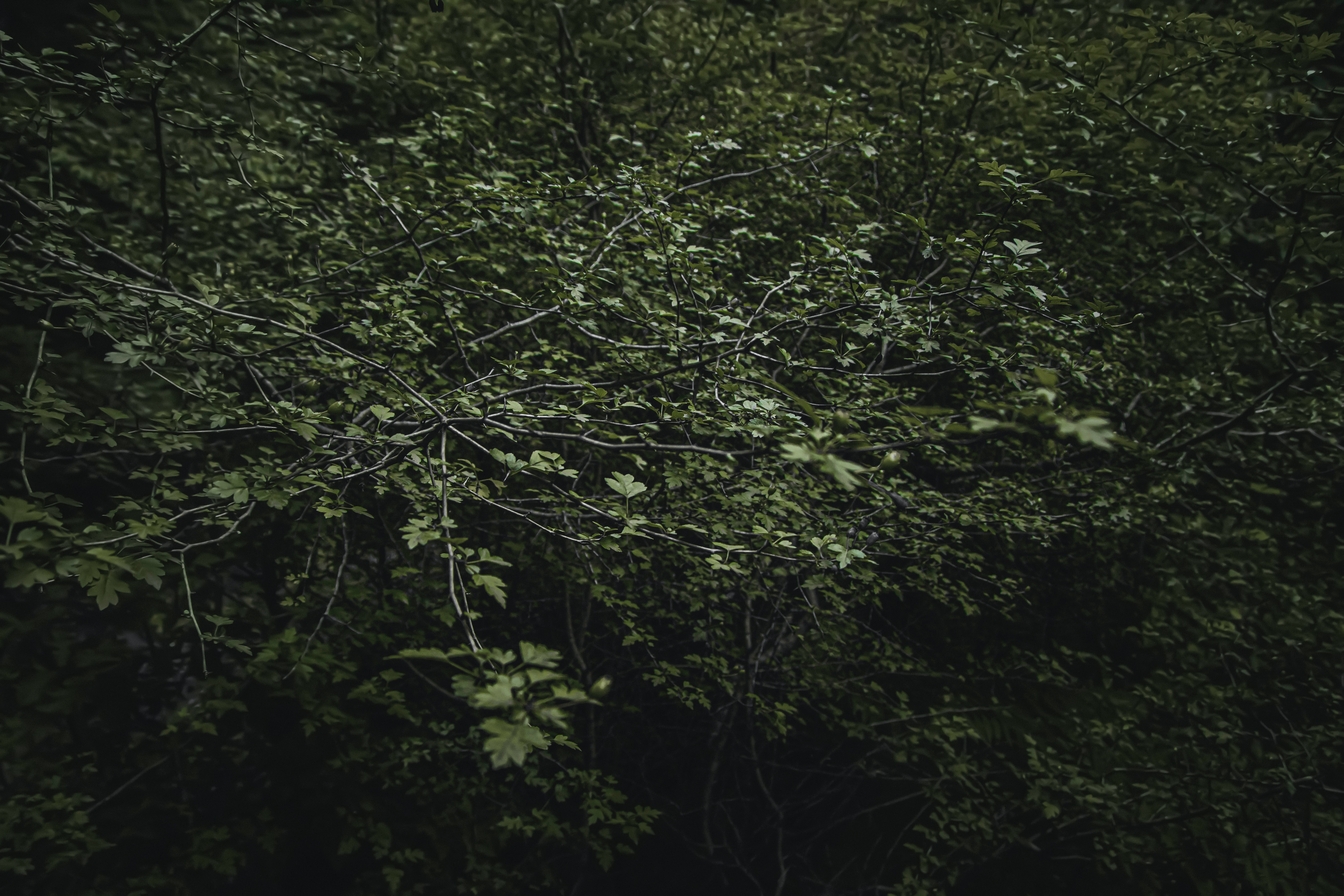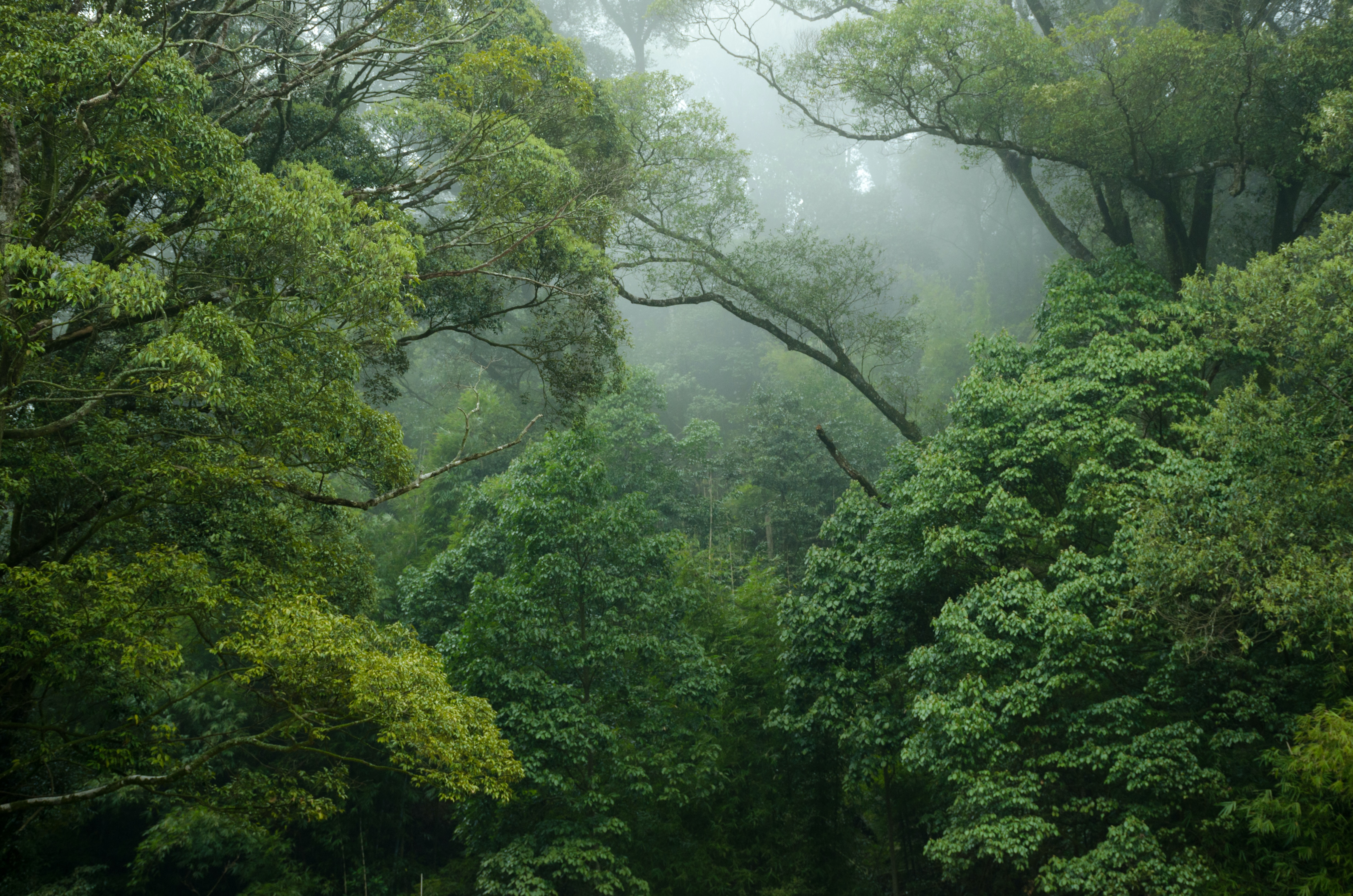Carbon Offset Calculator
Carbon Offset
Our carbon calculations
An interim estimate from evolving research
We’re saying each Inga tree will sequester between 600 and 740 Kg of carbon over 20 years in the alley-cropping system, and that there is a substantial additional carbon capture from avoided deforestation/habitat loss, as the farmers stop opening up new land with slash and burn. Here’s how we get to that, but the system does much more than sequester carbon.
Most carbon offsetting programmes plant saplings in large quantities and hope they will grow. Rainforest Saver is teaching agroforestry to farmers who will depend on their Inga trees to feed their families so will look after them!
With RFS your carbon offsets don’t only Sequester carbon, they improve soils, feed the poorest families, and protect standing rainforest, therefore biodiversity. Your offsets are part of a training programme for farmers on the edge of the forest.
How it works:

1. Direct sequestration
When the Inga trees are 5 to 7 m high (18 to 30 months from planting) they are pruned for the first time:
We weigh the leaf mass and the wood from 3 sample trees. We record the girth of the stump (approx. 1.5m from ground)
From this we estimate the root mass (an important part of carbon storage), and the transport of carbon into the soil. This is backed up by measurement of Soil Organic Matter.
Converting to CO2
The living weight of a typical tree is 38% carbon*.
A tree weighing 50 Kg above ground (typical pruning weight) will hold around 50Kg of below-ground carbon*, making a total of 100 Kg, so containing 38 Kg of carbon
If you burn I Kg of carbon it releases 3.8Kg of CO2; conversely It takes 3.8 Kg of CO2 to make 1Kg of carbon, so 38 Kg of carbon sequesters 144.4 Kg of CO2
We think you can count on your Inga tree living for 20 years, being pruned between 15 and 19 times, and building up a fabulous rich living soil from the mulch.
We divide the weight at pruning by the number of months since planting, or since last pruning, to get an average of growth per year, and thus carbon sequestered per year. Our running average is 25.6 Kg of growth per year per tree; over 20 years that = 512 Kg of growth per tree, 195Kg of carbon per tree, so 739 KG of CO2 per tree.
2. Complications
We aren’t just growing trees:
We are laying mulch on the ground (the leaf mass). It rots, and releases methane (CO2e), but it also builds soil fauna and fungal webs. It is estimated that about 30% of the carbon in the wood and brush left on the ground is released as methane. It is likely that this is balanced by the carbon captured in the soil fauna, and we are trying to find measurements for that.
The wood is used for firewood in Cameroon; that wood would otherwise be taken from the forest. We could claim the carbon as sequestered as the process has saved an equivalent amount of forest. For the time being we will halve the amount of carbon claimed for the wood collected in pruning. This brings the running average for trees used for firewood down to 21.2 Kg growth per tree, and the CO2 sequestered down to 610 KG of CO2 per tree.
The wood is not used for firewood in Ecuador; it is being converted to Biochar and incorporated into the soil. We await calculations for the CO2 released in the pyrolisation process for biochar. Biochar boosts the growth of soil fauna and fungal webs. We also need the balance between the increased soil fauna and the CO2 released. Pending further research we will deduct 15% from the weight of the wood collected in pruning. This brings the running average for trees used for biochar down to 24.4 Kg growth per tree, and the CO2 sequestered down to 703 KG of CO2 per Inga tree in the system.
Meanwhile the girth of the pollarded trunk grows year by year; we are now taking measurements at each pruning to estimate the carbon captured in the trunk.


2. Complications
We aren’t just growing trees:
We are laying mulch on the ground (the leaf mass). It rots, and releases methane (CO2e), but it also builds soil fauna and fungal webs. It is estimated that about 30% of the carbon in the wood and brush left on the ground is released as methane. It is likely that this is balanced by the carbon captured in the soil fauna, and we are trying to find measurements for that.
The wood is used for firewood in Cameroon; that wood would otherwise be taken from the forest. We could claim the carbon as sequestered as the process has saved an equivalent amount of forest. For the time being we will halve the amount of carbon claimed for the wood collected in pruning. This brings the running average for trees used for firewood down to 21.2 Kg growth per tree, and the CO2 sequestered down to 610 KG of CO2 per tree.
The wood is not used for firewood in Ecuador; it is being converted to Biochar and incorporated into the soil. We await calculations for the CO2 released in the pyrolisation process for biochar. Biochar boosts the growth of soil fauna and fungal webs. We also need the balance between the increased soil fauna and the CO2 released. Pending further research we will deduct 15% from the weight of the wood collected in pruning. This brings the running average for trees used for biochar down to 24.4 Kg growth per tree, and the CO2 sequestered down to 703 KG of CO2 per Inga tree in the system.
Meanwhile the girth of the pollarded trunk grows year by year; we are now taking measurements at each pruning to estimate the carbon captured in the trunk.

3. Saving Rainforest
Mike Hands who did the ground work on Inga Alley cropping estimated that 1 Ha of Inga alleys would substitute approximately 1 Ha per year of land subjected to slash and burn in Honduras. Comparison of maize produced from a 3000m2 Inga plot with the crop from the same plot under slash and burn suggests that each harvest from ha. of Inga is replacing 2.125 ha. of Slash and burn.* There is some variability in the period between prunings/harvests, and an average of 18 months is a viable yardstick to use. This would mean an annual average of 1.42 Ha of slash and burn avoided.
Slash and burn in Honduras is being practiced on a too-short cycle for sustainability, so these will be 7-10 year old small trees. We do not have data yet for the carbon content of this secondary forest.
In Ecuador we have participants in the project who have patches of untouched forest on their land. We have started the process of estimating the carbon in 2 standing patches of forest. We know these patches are under threat as the farmed land is exhausted – compacted by cattle ranching or worn out by industrial use with chemicals; AND that Inga is restoring these soils and removing the threat of cutting more forest.
For the time being we will use a figure of 1617 Tonnes CO2 per Ha per year for primary forest*, and a conservative figure of 808 Tonnes CO2 per Ha per year for secondary forest burned. At 1.42 Ha per year avoided slash and burn, that gives 2296 Tonnes Co2 per Ha of Inga alleys for primary forest, and 1148 Tonnes Co2 per Ha of Inga alleys for secondary forest. We are starting the analysis of forest status in the areas of Cameroon where we have Inga plots.
I Ha of Inga = 2500 trees at 1m apart in 5m alleys. So each tree saves 918Kg of CO2 from primary forest, 459Kg from secondary forest.
Biodiversity and human wellbeing
Saving and restoring standing forest does a huge job of maintaining biodiversity. Newly planted trees will take decades to do that work. RFS teaches agroforestry to people who have always lived with and from the forest (including by traditional swidden farming). The Inga system enables them:
To eat without destroying the forest
To stay on their land beside the forest without being driven to destitution in the cities
To value, protect and honour the forest they live with and all the creatures in it.
Offsetting with Rainforest Saver means more than just offsetting.
* this is a conservative approach. Both Eric Toensmeier (The Carbon Farming Solution, Chelsea Green Publishing 2016), and P.K. Nair (Nair, P.K.R. “Climate change mitigation: a low-hanging fruit of agroforestry”… Springer, 2012) refer to carbon captured and held in a typical agroforestry system as 1/3 above ground and 2/3 below ground.
* Victor Coronado’s description of Israel Matute’s plot (Olanchito). From his 3000m2 he produced 17 cargas of maize, against 4 cargas from the same plot before Inga. He would have needed to slash and burn 12,750m2 to get 17 cargas. This suggests that, if slash and burn gives 2 harvests, each ha. of Inga is replacing 2.125 ha. of Slash and burn.
* Valuing Los Cedros Reserve Carbon Stocks 2020 Cosimano, Fullenkamp, Peel and Thomas